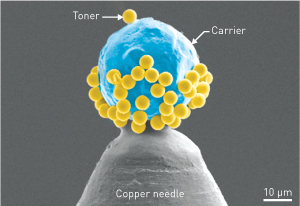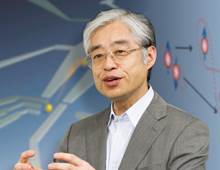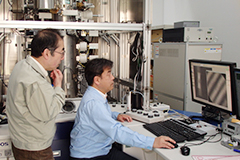| 1978 |
Staff Member at the Basic Research Laboratories of Nippon Tel. & Tel. Corp. |
| 1985 |
Senior Researcher at the Basic Research Laboratories of Nippon Tel. & Tel. Corp. |
| 1986 |
Visiting Scientist, Max-Planck-Institute FKF (Stuttgart, Germany)(-1987) |
| 1989 |
Principal Researcher at the Basic Research Laboratories of Nippon Tel. & Tel. Corp. |
| 1990 |
Group Leader, Research Group on Electron Transport in Low-Dimensional Semiconductor Structures, NTT Basic Research Laboratories(-1998) |
| 1994 |
Distinguished Scientist, NTT Basic Research Laboratories (-1998) |
| 1995 |
Visiting Professor, Technical University of Delft (The Netherlands) |
| 1998 |
Professor, Department of Physics, University of Tokyo (-2004) |
| 2004 |
Professor, Department of Applied Physics, University of Tokyo (-2018) |
| 2012 |
Visiting Professor, Institut Néel CNRS, université Joseph Fourier (France) |
| 2013 |
Division Director, Quantum Information Electronics Division, RIKEN Center for Emergent Matter Science (-present) |
| 2013 |
Group Director, Quantum Functional System Research Group, RIKEN Center for Emergent Matter Science (-present) |
| 2018 |
Deputy Director, RIKEN Center for Emergent Matter Science |
| 2019 |
Guest Professor, Department of Physics, Tokyo University of Science (-present) |
| 2020 |
Team Leader, Semiconductor Quantum Information Device Research Team, RIKEN Center for Quantum Computing (-present) |
| 2024 |
Team Leader, Emergent Phenomena Observation Technology Research Team, RIKEN Center for Emergent Matter Science (-present) |
 Electrical pulses shift the boundaries between magnetic patterns
Electrical pulses shift the boundaries between magnetic patterns
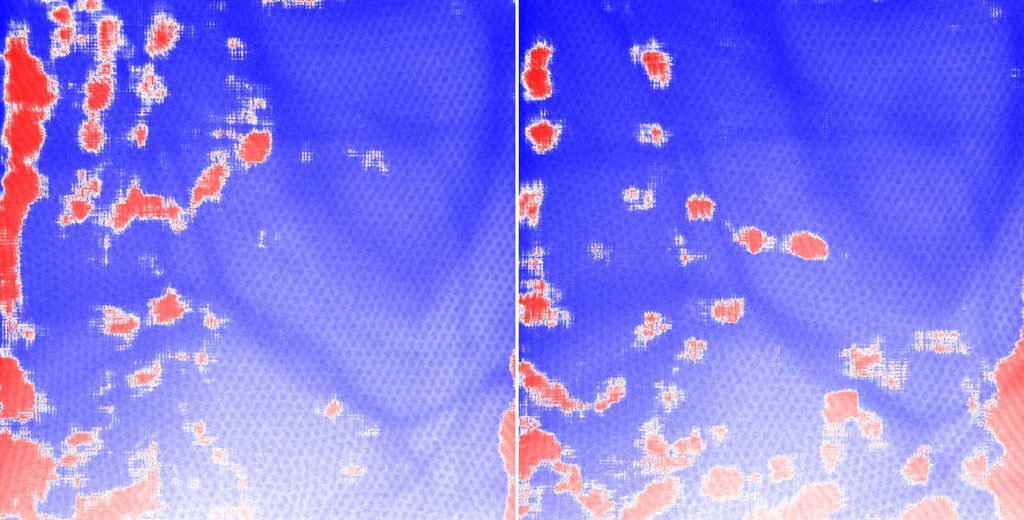
 Magnetism intensified by defects
Magnetism intensified by defects
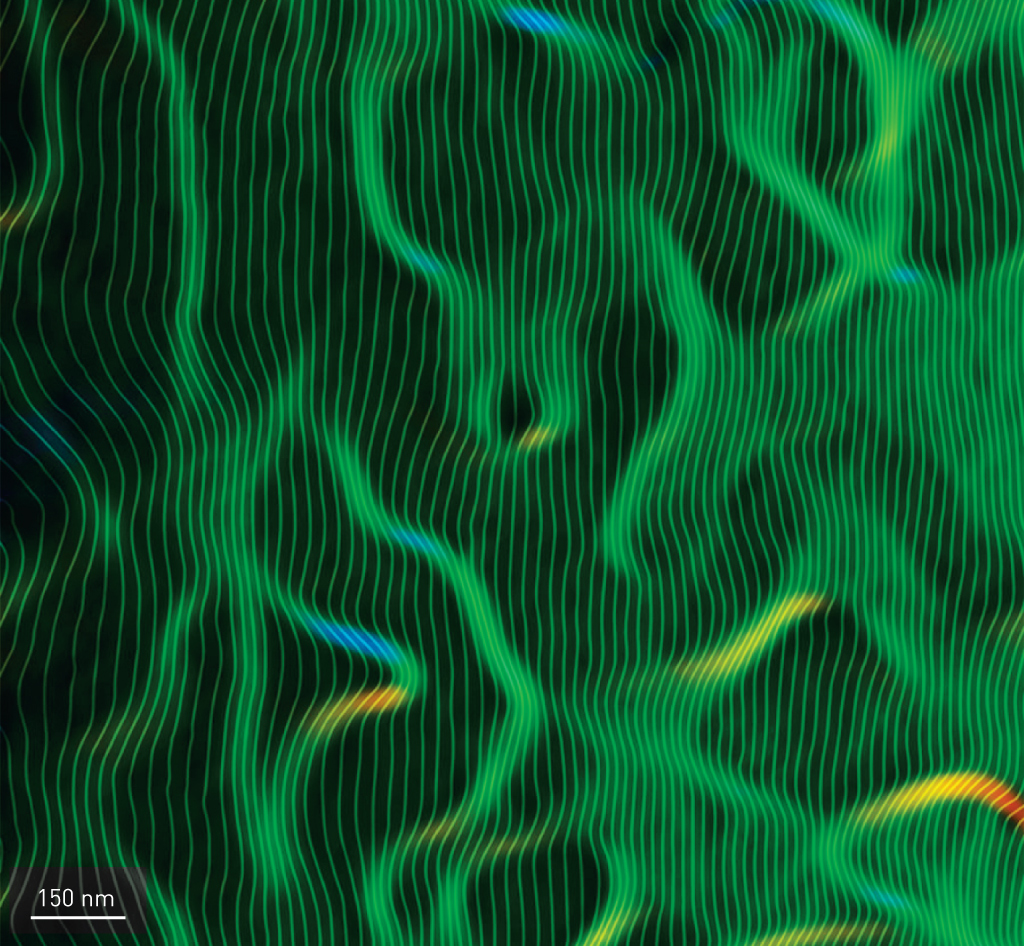
 The shape of spins to come
The shape of spins to come
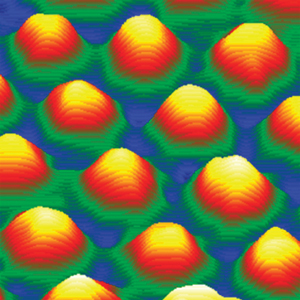
 Split beams reveal the fine print
Split beams reveal the fine print
